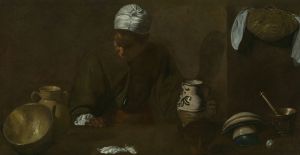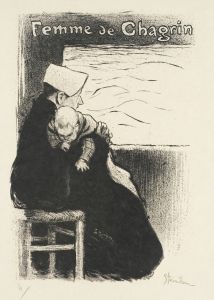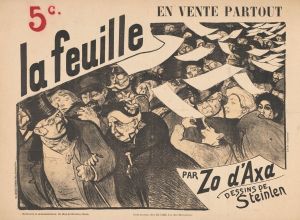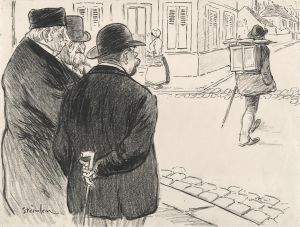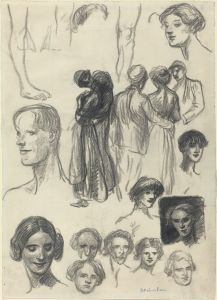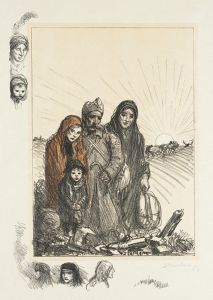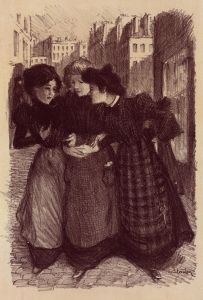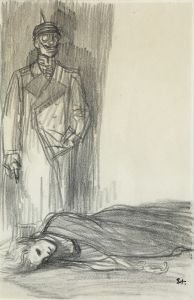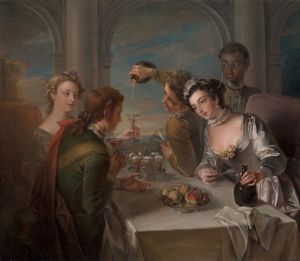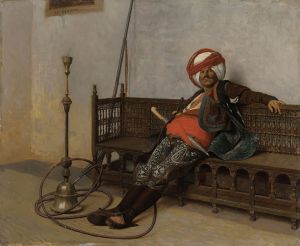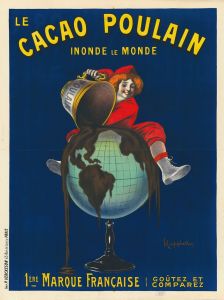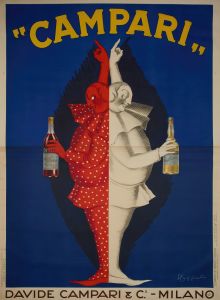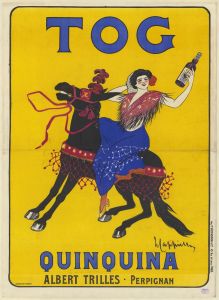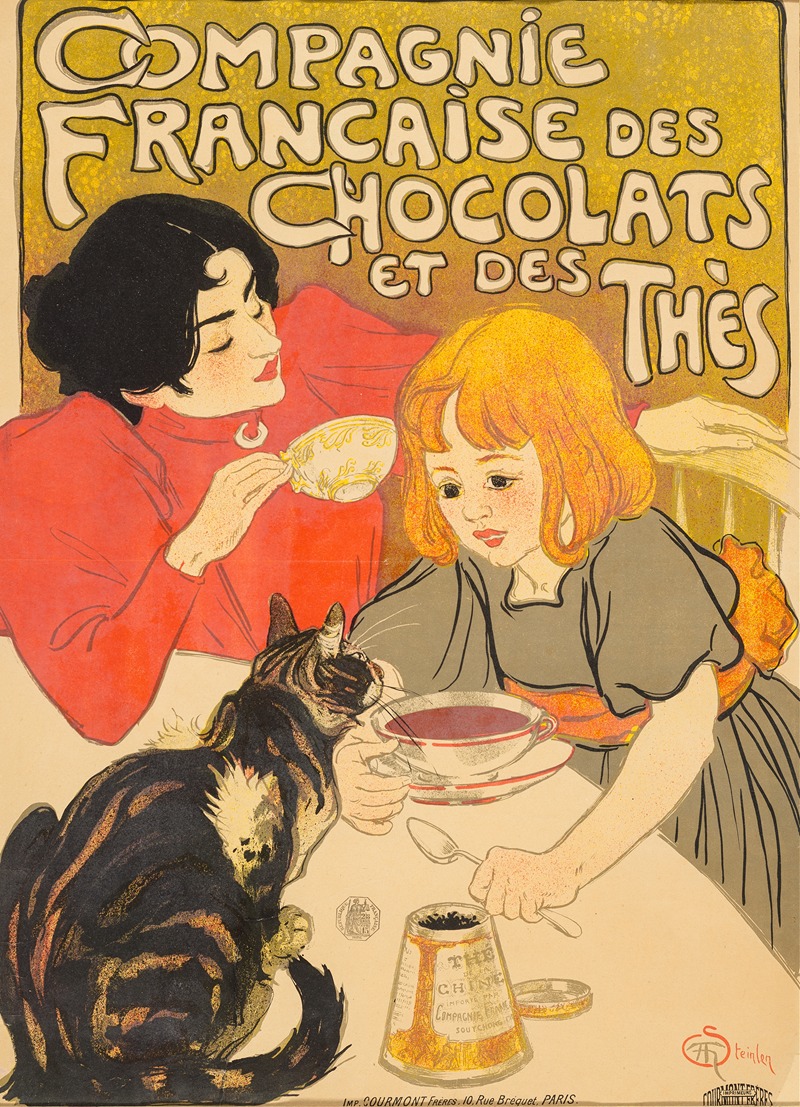
Compagnie Française des Chocolats et des Thés
A hand-painted replica of Théophile Alexandre Steinlen’s masterpiece Compagnie Française des Chocolats et des Thés, meticulously crafted by professional artists to capture the true essence of the original. Each piece is created with museum-quality canvas and rare mineral pigments, carefully painted by experienced artists with delicate brushstrokes and rich, layered colors to perfectly recreate the texture of the original artwork. Unlike machine-printed reproductions, this hand-painted version brings the painting to life, infused with the artist’s emotions and skill in every stroke. Whether for personal collection or home decoration, it instantly elevates the artistic atmosphere of any space.
Théophile Alexandre Steinlen was a Swiss-born French Art Nouveau painter and printmaker, renowned for his posters and illustrations. One of his notable works is the advertising poster "Compagnie Française des Chocolats et des Thés," created in 1895. This piece exemplifies Steinlen's skill in combining commercial art with fine art, a common practice during the Belle Époque period in France.
The poster was commissioned by the French Chocolate and Tea Company, a business that sought to promote its products through the burgeoning medium of advertising posters, which were becoming increasingly popular in Paris at the time. Steinlen, who was well-versed in the art of lithography, used this technique to create vibrant and eye-catching designs that could be mass-produced and displayed throughout the city.
In "Compagnie Française des Chocolats et des Thés," Steinlen employs his characteristic style, which often includes elements of humor and charm. The poster features a young girl, elegantly dressed, holding a cup of steaming tea. Her expression is one of delight, suggesting the pleasure derived from the company's products. The background is simple yet effective, allowing the viewer to focus on the central figure and the product being advertised. The use of warm colors and soft lines is typical of Steinlen's work, contributing to the inviting and appealing nature of the advertisement.
Steinlen's work in advertising was part of a broader movement during the late 19th and early 20th centuries, where artists began to explore the potential of commercial art. This period saw the rise of the poster as a legitimate art form, with artists like Henri de Toulouse-Lautrec and Alphonse Mucha also contributing to its development. Steinlen's posters, including "Compagnie Française des Chocolats et des Thés," are considered significant examples of this trend, blending artistic creativity with commercial appeal.
The poster not only served its commercial purpose but also reflected the cultural and social dynamics of the time. The Belle Époque was a period of optimism, economic prosperity, and cultural flourishing in France, particularly in Paris. Art and commerce were closely linked, with businesses recognizing the power of visual art to attract and engage consumers. Steinlen's work captures this spirit, using art to communicate and enhance the desirability of everyday products.
Today, "Compagnie Française des Chocolats et des Thés" is appreciated not only for its historical significance but also for its artistic merit. It is an example of how advertising can transcend its commercial origins to become a piece of art in its own right. Steinlen's ability to infuse his work with both aesthetic beauty and effective marketing is a testament to his talent and the innovative spirit of the era.
Steinlen's contributions to the world of art and advertising continue to be celebrated, with his posters being highly sought after by collectors and displayed in museums around the world. His work remains a testament to the enduring appeal of Art Nouveau and the transformative power of art in everyday life.





